Home>Garden Essentials>How Does The Crop Rotation Work
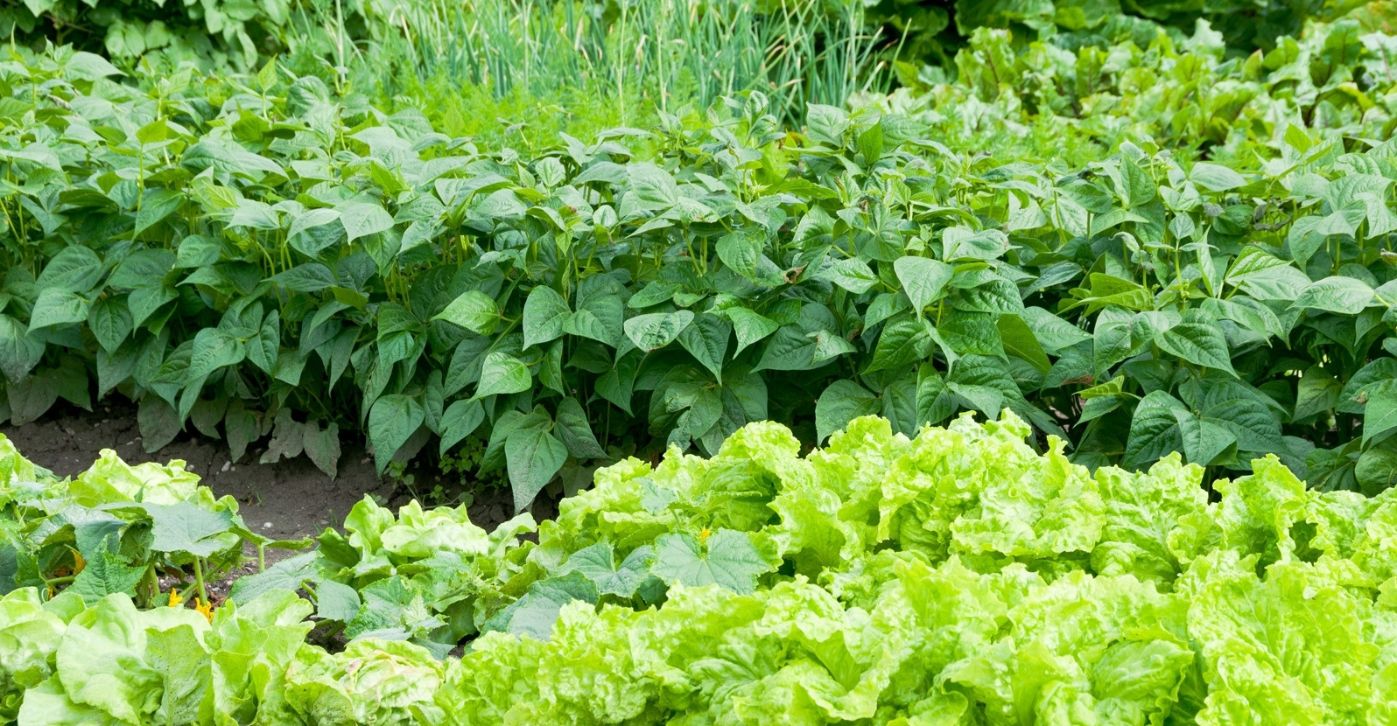

Garden Essentials
How Does The Crop Rotation Work
Modified: March 25, 2024
Discover the benefits of crop rotation in your garden and learn how it works to improve soil health, control pests, and increase yield.
(Many of the links in this article redirect to a specific reviewed product. Your purchase of these products through affiliate links helps to generate commission for Storables.com, at no extra cost. Learn more)
Introduction
Crop rotation is a fundamental practice in agriculture that involves the systematic rotation of crops in a specific sequence on a piece of land over a period of time. It is an age-old technique that has been used for centuries to improve soil fertility, control pests and diseases, and maximize crop yields. By diversifying the types of crops grown in a particular area and altering their planting locations each season, farmers can optimize the health and productivity of their fields.
Crop rotation is based on the principle that different plants have varying nutrient needs, interact differently with soil microorganisms, and are susceptible to different pests and diseases. By changing the crop species grown in a specific area from year to year, farmers can break the life cycles of pests and pathogens and reduce their impact on future crops. Furthermore, distinct crops may have different root structures and nutrient uptake capabilities, allowing for a more balanced nutrient utilization and reducing the exhaustion of specific nutrients in the soil.
Over time, the benefits of crop rotation have been well-documented, leading to the widespread adoption of this practice in sustainable agriculture systems. By implementing effective crop rotation strategies, farmers can improve soil health, enhance biodiversity, reduce reliance on synthetic fertilizers and pesticides, and ultimately achieve higher yields and better-quality crops. Additionally, crop rotation contributes to the long-term sustainability of farming as it promotes the preservation of natural resources and minimizes the negative environmental impacts associated with mono-cropping.
In this article, we will delve into the fascinating world of crop rotation, exploring its benefits, how it works, different types of crop rotation systems, factors to consider for effective implementation, and some real-world examples. We will also discuss the challenges and limitations of crop rotation and why it is considered a valuable tool in modern agricultural practices. Whether you are a seasoned farmer or simply an enthusiast of gardening and sustainable living, this article will provide you with valuable insights into the world of crop rotation and its importance for sustainable agriculture.
Key Takeaways:
- Crop rotation helps farmers grow different crops in a planned sequence to keep the soil healthy, control pests, and improve crop growth. It’s like giving the soil a balanced diet to stay strong and productive!
- By changing the types of crops they grow in a specific order, farmers can protect the soil, manage pests, and make sure their crops stay healthy. It’s like a smart strategy to keep the farm in top shape!
Read more: How Does Crop Rotation Help Crop Yield
What is Crop Rotation?
Crop rotation is a farming technique that involves the systematic planning and rotation of different crops on a piece of land over a defined timeframe. Instead of planting the same crop in the same location year after year, farmers strategically alternate the types of crops grown in specific areas of their fields. This practice is based on the understanding that different crops have unique nutritional needs, interact differently with the soil, and are susceptible to different pests and diseases.
By rotating crops, farmers can harness the benefits of diversity, optimize soil health, and improve overall crop productivity. The primary goal of crop rotation is to break the life cycles of pests and pathogens, promote balanced nutrient utilization, reduce soil erosion, and enhance the long-term sustainability of agricultural practices.
One of the key principles of crop rotation is avoiding the continuous planting of crops from the same family, known as the same genus or species. This is because crops within the same family often share similar pests and diseases, as well as nutrient requirements. Continuous planting of crops from the same family can lead to a build-up of pests and diseases in the soil, causing a decline in crop yield and quality over time.
For example, if a farmer grows tomatoes in a specific area one year, the following year they would plant a crop from a different family, such as corn or beans, in that same area. This break in planting the same crop family helps interrupt the life cycles of pests that are specific to tomatoes, reducing their population and preventing damage to the next crop.
Crop rotation is not a one-size-fits-all approach and can vary based on factors such as the specific crop species, climate conditions, soil type, and farm management goals. It requires careful planning and consideration of various factors to ensure the success of the rotation system.
Overall, crop rotation is a powerful tool that can improve soil fertility, reduce the reliance on synthetic fertilizers and pesticides, and promote sustainable farming practices. By implementing effective crop rotation strategies, farmers can achieve higher yields, enhance biodiversity, and contribute to the long-term health and productivity of their agricultural lands.
Benefits of Crop Rotation
Crop rotation offers numerous benefits to farmers and the environment. By diversifying the types of crops grown in a particular area and altering their planting locations each season, farmers can optimize soil health, reduce pests and diseases, and achieve higher yields. Let’s explore some of the significant benefits of crop rotation:
- Improved Soil Fertility: Crop rotation helps maintain and enhance soil fertility by reducing the depletion of specific nutrients. Different crop species have varying nutrient requirements and uptake patterns. By alternating crops, one crop can utilize certain nutrients while another crop replenishes those nutrients, resulting in a more balanced nutrient utilization and preventing nutrient imbalances or deficiencies in the soil.
- Pest and Disease Control: Crop rotation can disrupt the life cycles of pests and pathogens that target specific crops. By rotating crops, farmers can discourage the build-up of pest populations and minimize disease incidence. Different crops have varying susceptibility to pests and diseases, and rotating them helps break the continuous cycle of infestation.
- Weed Suppression: Crop rotation can effectively control weeds. Certain crops naturally suppress weed growth, either by shading out weeds or releasing chemicals that hinder weed germination or growth. By incorporating such weed-suppressive crops into the rotation cycle, farmers can reduce weed competition and the reliance on herbicides.
- Enhanced Soil Structure: Different crops have varying root structures and depths, which can help improve soil structure. Some crops have deep-rooted systems that break up compacted soil layers, enhancing water infiltration and nutrient distribution. This can result in better water retention, reduced erosion, and improved overall soil health.
- Biodiversity and Ecosystem Services: Crop rotation promotes biodiversity by supporting a wider range of plant species, beneficial insects, birds, and other wildlife. This diversity enhances ecological balance and provides an array of ecosystem services, including natural pest control, pollination, and soil nutrient cycling.
- Economic Stability: Crop rotation can contribute to economic stability for farmers. By diversifying their crops, farmers decrease their vulnerability to market fluctuations and climate risks. If one crop fails or faces a market downturn, other crops in the rotation can compensate for the losses and ensure a more stable income.
Overall, crop rotation is a sustainable farming practice that offers a multitude of benefits. It improves soil fertility, minimizes pest and disease pressure, reduces weed competition, enhances soil structure, supports biodiversity, and provides economic stability. By incorporating crop rotation into their farming systems, farmers can cultivate healthy soils, increase crop productivity, and contribute to the long-term sustainability of agriculture.
How Crop Rotation Works
Crop rotation involves a systematic and planned sequence of different crops on a piece of land over a defined period of time. The goal is to optimize soil health, control pests and diseases, and improve overall crop productivity. Here’s how crop rotation works:
1. Crop Selection: The first step in crop rotation is selecting the crops to be included in the rotation cycle. Farmers consider factors such as crop profitability, market demand, crop compatibility with the local climate and soil conditions, and the specific goals of their farming operation.
2. Designing the Rotation Sequence: Once the crop selection is made, farmers develop a rotation plan that outlines the sequence of crops to be grown over a specific period. The rotation plan takes into account the crop families, nutrient needs, growth duration, and other specific requirements of each crop.
3. Crop Placement: In crop rotation, the placement of crops within the field is crucial. Farmers determine where each crop will be grown based on factors such as soil type, drainage, and previous crop history. The objective is to prevent the planting of the same crop family in the same location year after year to minimize pest and disease buildup.
4. Timeframe and Crop Duration: A key aspect of crop rotation is the timing of crop planting and the duration of each crop’s growth cycle. Farmers carefully schedule the planting of crops in the rotation sequence to ensure optimal timing for nutrient uptake, pest control, and overall crop health.
5. Soil Management: During the rotation cycle, proper soil management practices are essential. This includes practices such as applying organic matter, using cover crops, practicing conservation tillage, and implementing appropriate irrigation and nutrient management techniques. These practices help maintain soil fertility, improve soil structure, and minimize erosion.
6. Rotation Monitoring and Adjustment: Successful crop rotation requires continuous monitoring and adjustment. Farmers keep track of crop performance, soil health indicators, and pest and disease incidence. Based on observation and data analysis, they may make adjustments to the rotation plan, cover crop selection, or other management practices to optimize results.
7. Long-Term Planning: Crop rotation is a long-term practice aimed at improving soil health and overall farm sustainability. Farmers plan rotation sequences that span multiple years, taking into account the specific goals and constraints of their farming operation. By adhering to a well-designed rotation plan, farmers can maximize the benefits of rotation over time.
Crop rotation is a dynamic and flexible practice, with different strategies used based on the specific farming context. It can involve simple two-way rotations or complex multi-year rotations involving multiple crop families. The ultimate goal is to create a balanced and diverse farming system that optimizes soil health, minimizes pest and disease pressure, and produces high-quality crops.
Types of Crop Rotation
Crop rotation can take various forms, depending on the specific goals and requirements of the farming system. Different types of crop rotation can be implemented to address specific challenges, optimize soil health, and enhance crop productivity. Here are some common types of crop rotation:
- Two-Way Rotation: This is a simple rotation system that involves alternating between two crops throughout the growing seasons. For example, crop A is grown in year one, followed by crop B in year two, and then back to crop A in year three. Two-way rotation can help reduce pest and disease pressure by interrupting their life cycles and managing nutrient imbalances in the soil.
- Three-Way Rotation: Similar to the two-way rotation, a three-way rotation involves the alternate planting of three different crops over a period of time. For example, crop A is grown in year one, followed by crop B in year two, and then crop C in year three before returning to crop A. Three-way rotation allows for greater diversification of crops, further breaking pest and disease cycles, and optimizing nutrient utilization.
- Legume Rotation: Legume crops, such as beans, peas, and soybeans, have a unique ability to fix atmospheric nitrogen into the soil through a specialized symbiotic relationship with nitrogen-fixing bacteria. Legume rotation involves including legume crops in the rotation cycle to improve soil fertility. The legume crop helps fix nitrogen in the soil, benefitting subsequent crops that have higher nitrogen requirements.
- Cover Crop Rotation: Cover crops are non-cash crops grown primarily to protect and improve the soil rather than for harvest. Cover crop rotation involves alternating between different cover crop species in the rotation cycle. Each cover crop brings specific benefits, such as erosion control, weed suppression, nutrient recycling, and soil structure improvement, contributing to overall soil health and productivity.
- Extended Rotation: An extended rotation system involves a longer rotation cycle, typically spanning several years. It can include a combination of different crops, cover crops, and fallow periods. Extended rotation aims to provide a more extended break between specific crops, allowing for greater pest and disease control, nutrient cycling, and soil regeneration.
- Integrated Crop-Livestock Rotation: This type of rotation integrates livestock into the crop rotation system. Livestock graze on cover crops or stubble after the harvest, providing additional benefits such as nutrient cycling, weed control, and pest management. The incorporation of livestock helps improve the overall sustainability and profitability of the farming system.
It is important to note that the choice of crop rotation type depends on various factors, including soil type, climate, market demands, and farm management goals. Farmers should assess their specific requirements and consult with agricultural experts to determine the most suitable type of crop rotation for their unique farming circumstances.
By implementing effective crop rotation systems, farmers can optimize soil health, manage pests and diseases, improve nutrient cycling, and ultimately achieve more sustainable and productive agricultural practices.
Crop rotation is a farming technique where different crops are planted in the same area in sequential seasons. This helps improve soil fertility, reduce pests and diseases, and increase crop yield.
Read more: What Does Crop Rotation Do
Factors to Consider for Effective Crop Rotation
Implementing an effective crop rotation system requires careful planning and consideration of various factors. Here are some key factors to consider when designing and executing a successful crop rotation plan:
- Crop Nutrient Requirements: Different crops have varying nutrient requirements. Consider the nutrient demands of each crop in the rotation cycle to ensure balanced nutrient utilization and prevent nutrient imbalances or deficiencies in the soil. Rotate crops with complementary nutrient needs to optimize soil fertility.
- Pest and Disease Management: Understand the pests and diseases prevalent in the area and the specific crops they target. Rotate crops to disrupt the life cycles of pests and reduce disease incidence. Avoid continuous planting of crops from the same family that are susceptible to the same pests and diseases.
- Root Structure and Depth: Different crops have different root systems, which can impact soil health and structure. Consider the root structures and depths of crops in the rotation to improve soil aeration, water infiltration, and nutrient cycling. For example, deep-rooted crops can help break up compacted soil layers and improve drainage.
- Crop Growth Duration: Account for the growth duration of crops in the rotation plan. Some crops have shorter growth cycles, allowing for quick turnover and efficient land use, while others require longer periods to reach maturity. Align crop planting and harvesting schedules to ensure a smooth rotation cycle and proper management of resources.
- Soil Erosion and Water Management: Consider the soil erosion potential and water management needs when planning crop rotation. Deploy erosion control measures, such as cover crops or contour farming, to reduce soil erosion. Adjust rotation sequences and timing to align with rainfall patterns and water availability to maximize water use efficiency.
- Previous Crop History: Take into account the previous crops grown in the field when planning the rotation. Avoid planting crops from the same family immediately after each other to minimize the risk of continuous pest and disease pressure. Consider the residual effects of previous crops, such as crop residues or weed seedbanks, and develop appropriate management strategies.
- Market Demand and Farming Goals: Consider the market demand for different crops and align the rotation plan with market opportunities. Take into account the financial and operational goals of the farming operation, such as diversification, risk management, and profitability. Create a rotation plan that balances market demands with sustainable farming practices.
- Farm Resources and Infrastructure: Evaluate the available resources and infrastructure on the farm, including equipment, labor, and storage facilities. Consider the practicality and feasibility of implementing the rotation plan with the available resources. Make adjustments as needed to ensure efficient utilization of resources.
These factors, along with local climate, soil type, and other specific conditions, should be carefully assessed and considered when designing an effective crop rotation plan. By taking these factors into account, farmers can optimize soil health, manage pests and diseases, maximize resource use efficiency, and achieve sustainable and productive crop production.
Crop Rotation Examples
Crop rotation can take various forms depending on the specific farming context and goals. Here are a few examples of crop rotation systems that farmers commonly implement:
- Three-Year Crop Rotation: This rotation cycle involves alternating three crops over three years. For instance, in the first year, farmers may plant corn, followed by soybeans in the second year, and then wheat in the third year. This rotation allows for the management of pests, diseases, and nutrient balance, as each crop has different requirements and interacts with the soil in distinct ways.
- Legume-Brassica-Grass Rotation: In this rotation, legume crops like peas or beans are followed by brassica crops such as broccoli or cabbage, and then grasses like corn or wheat. Legumes fix atmospheric nitrogen, which enriches the soil for the subsequent brassica crop. The grasses help break up compacted soil and provide organic matter, preparing the field for the next legume crop.
- Fallow Rotation: Fallow rotation includes a period of fallow or leaving the land uncultivated for a season. This practice can be employed to allow for soil regeneration, reduction of weed pressure, and replenishment of nutrients. For example, in a two-year fallow rotation, farmers may plant a specific crop one year and leave the land fallow the next, allowing for natural processes to rejuvenate the soil before resuming cultivation.
- Cover Crop Rotation: This rotation involves the sequential planting of different cover crops throughout the year. For example, farmers may grow legumes as a cover crop during the summer to fix nitrogen and suppress weeds. In the fall, they may plant a grass or cereal cover crop to protect the soil during the winter and provide organic matter when it is tilled back into the soil in the spring. Different cover crops bring various benefits to soil health and can be tailored to the specific needs of the farming system.
- Integrated Crop-Livestock Rotation: This rotation system integrates crop production with livestock grazing. For example, farmers may rotate corn, soybeans, and pasture in a multi-year cycle. Corn and soybeans are grown for grain production, while pasture acts as a grazing area for livestock. The livestock help manage weed pressure, add nutrients through manure, and improve soil health as they graze and trample the pasture.
These are just a few examples of crop rotation systems, and there are many other variations depending on specific farming goals, crop compatibility, and regional considerations. Farmers should carefully assess their farming systems, resources, and objectives to design a crop rotation plan that best suits their needs.
It is important to note that the success of any crop rotation plan relies on monitoring and adjusting practices based on observations and results. By experimenting with different crop rotations and refining the plan over time, farmers can optimize productivity, increase soil health, and achieve sustainable farming practices.
Challenges and Limitations of Crop Rotation
While crop rotation offers numerous benefits, it is not without its challenges and limitations. Understanding and addressing these challenges is crucial for implementing successful crop rotation systems. Here are some of the main challenges and limitations to consider:
- Pest Adaptation: Over time, pests and diseases can adapt to specific crops within a rotation, reducing the effectiveness of crop rotation in pest management. Continuous rotation without other complementary pest control measures may lead to the emergence of pests that can overcome the rotation cycle.
- Market Demands and Constraints: Crop rotation can be influenced by market demands and specific farm constraints. If there is a high demand for a specific crop, it may lead to a reduced rotation cycle for that crop, limiting the potential benefits of crop rotation. Additionally, certain farms may have limitations in terms of available land, capital, and labor, which can impact the feasibility of complex crop rotation systems.
- Climate and Weather Patterns: Extreme weather events, such as droughts or heavy rains, can disrupt the rotation cycle and affect crop performance. Climate changes and unpredictable weather patterns may require adjustments to traditional crop rotation systems to ensure optimal productivity and adaptability to changing conditions.
- Land Availability and Size: Limited land availability and small farm sizes can present challenges for implementing crop rotation. Small farms may have difficulty diversifying crops and accommodating longer rotation cycles due to limited space. However, even on smaller farms, modified rotation schemes can still provide some benefits.
- Timing and Synchronization: Proper timing and synchronization of crop planting and harvest are critical for effective crop rotation. Farmers must carefully manage their rotation schedule to ensure smooth transitions between crops and avoid delays that may impact productivity and overall rotation success.
- Soil Constraints: Certain soil characteristics, such as soil compaction, nutrient deficiencies, or pH imbalances, can limit the effectiveness of crop rotation. These constraints may require additional soil amendments or management practices to overcome limitations and fully benefit from crop rotation.
- Management Complexity: Crop rotation requires careful planning, monitoring, and management to ensure its effectiveness. This may involve additional labor, knowledge, and resources to implement and maintain a successful rotation system. Farmers may need to invest in training and education to manage the complexities associated with crop rotation effectively.
Despite these challenges and limitations, crop rotation remains a valuable tool for sustainable agriculture. By carefully addressing and adapting to these constraints, farmers can overcome the challenges and realize the long-term benefits of improved soil fertility, enhanced pest management, and increased productivity.
It is crucial for farmers to assess their specific farming context, consult with experts, and experiment with different rotation approaches to develop a sustainable and effective crop rotation system that aligns with their goals and resources.
Conclusion
Crop rotation is a time-honored agricultural practice that offers numerous benefits for farmers and the environment. By systematically alternating crops in a planned sequence, farmers can optimize soil health, manage pests and diseases, improve nutrient cycling, and enhance overall crop productivity.
Through crop rotation, farmers can break the life cycles of pests and pathogens, reduce soil erosion, minimize nutrient imbalances, and promote biodiversity. This practice contributes to the long-term sustainability of agriculture by preserving soil fertility, minimizing reliance on synthetic fertilizers and pesticides, and reducing the negative environmental impacts associated with mono-cropping.
However, implementing a successful crop rotation system requires careful planning, consideration of multiple factors, and continuous monitoring. Farmers must take into account the nutrient requirements of crops, pest and disease management, soil characteristics, climate conditions, market demands, and available resources.
Despite the challenges and limitations, crop rotation remains a valuable tool for sustainable farming. It is a dynamic and adaptable practice that can be tailored to suit various farming systems and goals. By experimenting with different crop rotation strategies, farmers can optimize their yields, improve soil health, and contribute to the long-term success and resilience of their farming operations.
As we move towards a more sustainable and resilient agricultural future, crop rotation will continue to play a vital role in preserving and enhancing the health of our soils, promoting biodiversity, and ensuring the production of nutritious and high-quality crops.
By embracing the principles of crop rotation and incorporating this practice into our agricultural systems, we can cultivate a more sustainable and productive future for generations to come.
Frequently Asked Questions about How Does The Crop Rotation Work
Was this page helpful?
At Storables.com, we guarantee accurate and reliable information. Our content, validated by Expert Board Contributors, is crafted following stringent Editorial Policies. We're committed to providing you with well-researched, expert-backed insights for all your informational needs.
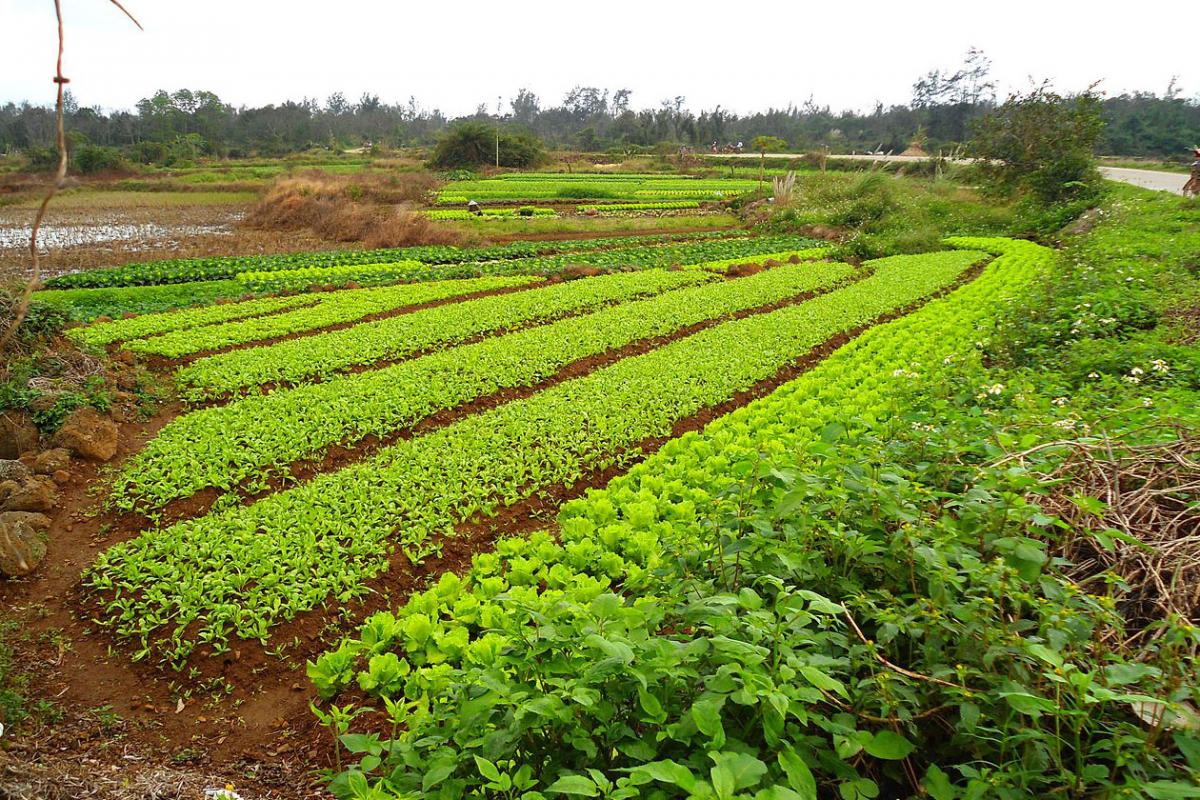
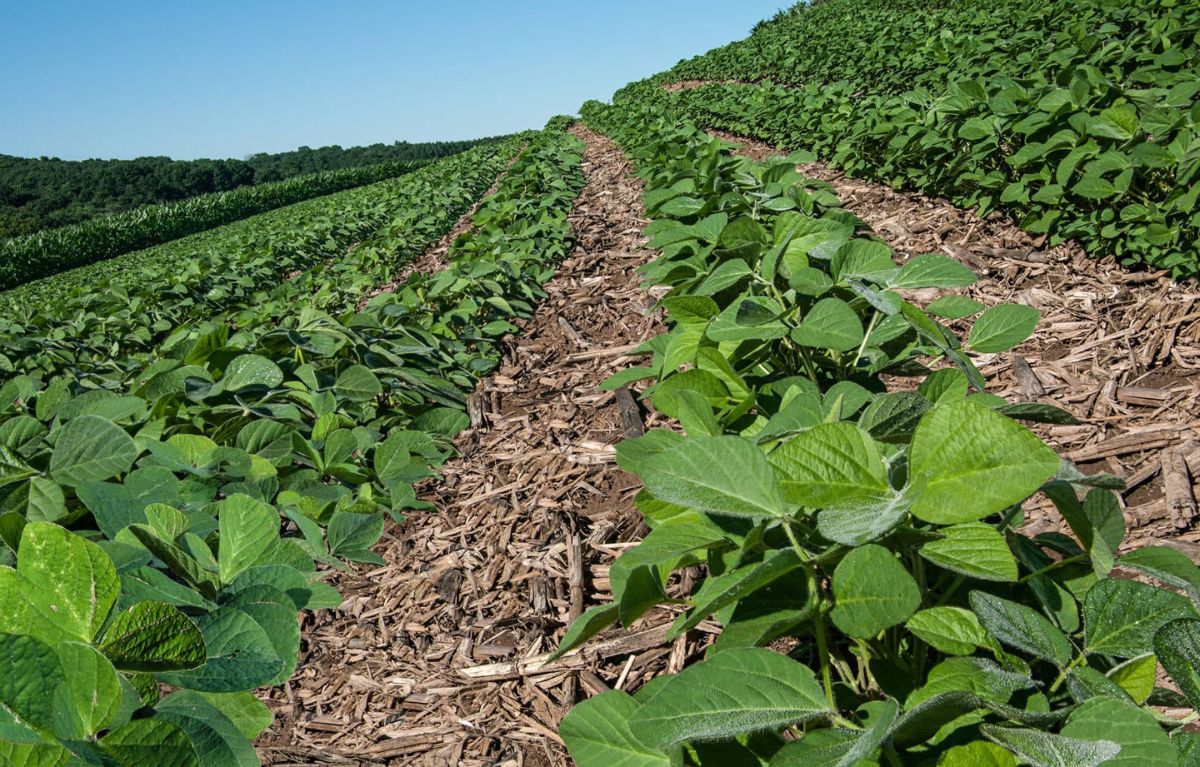


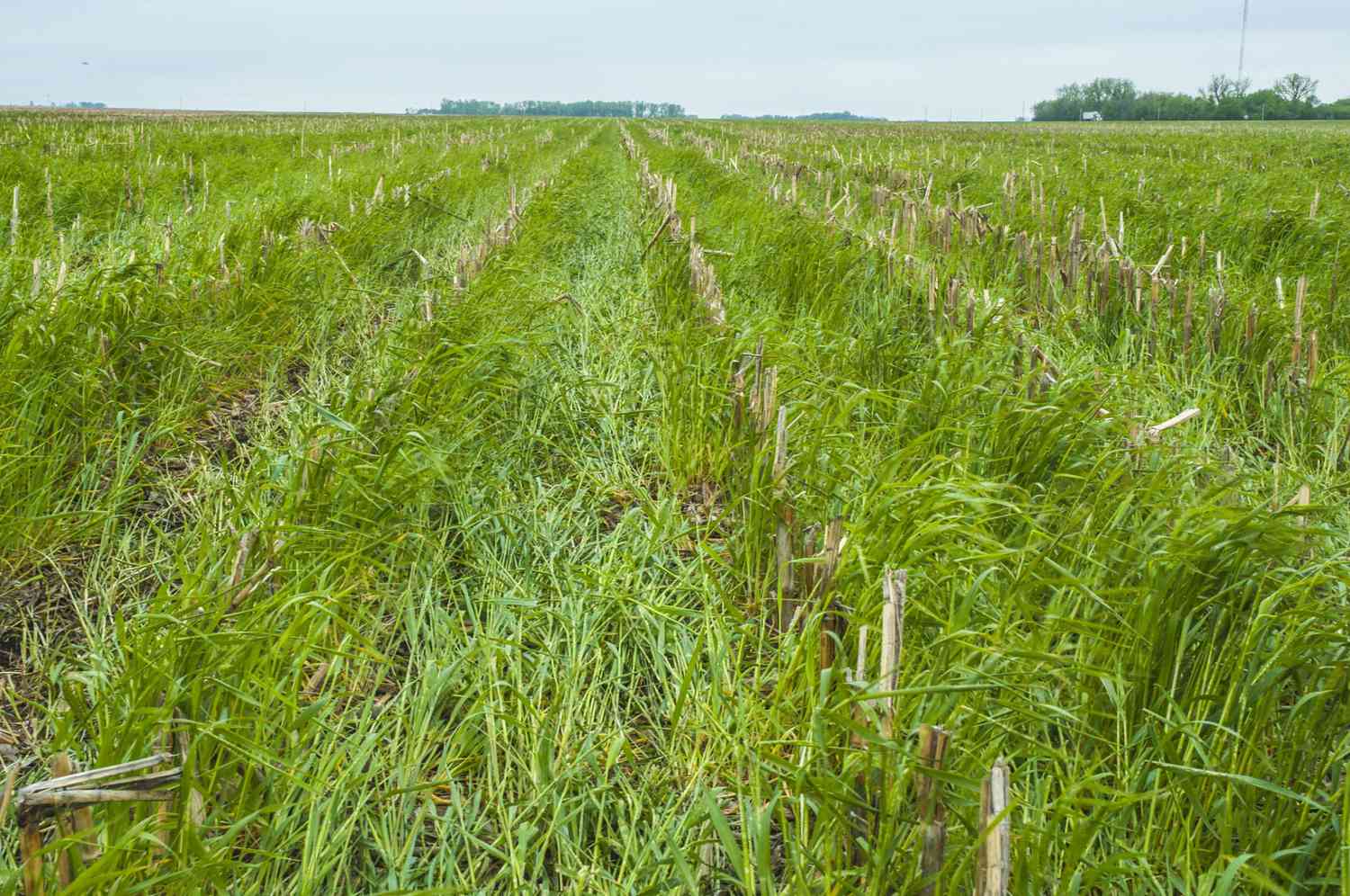
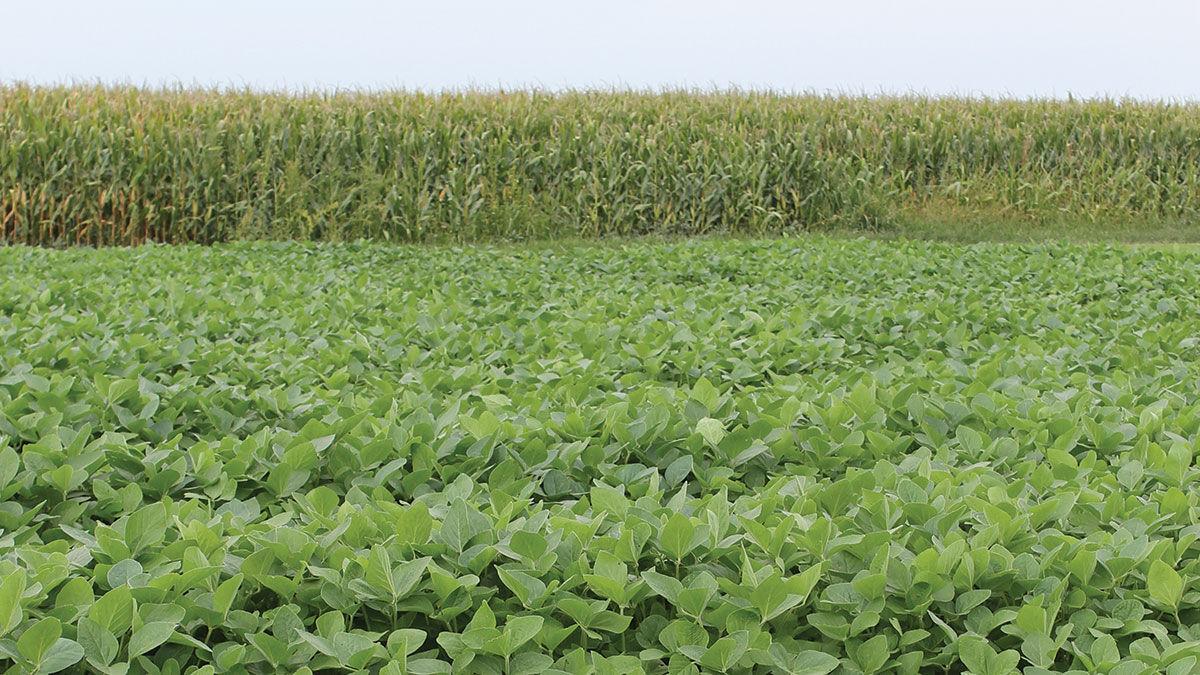


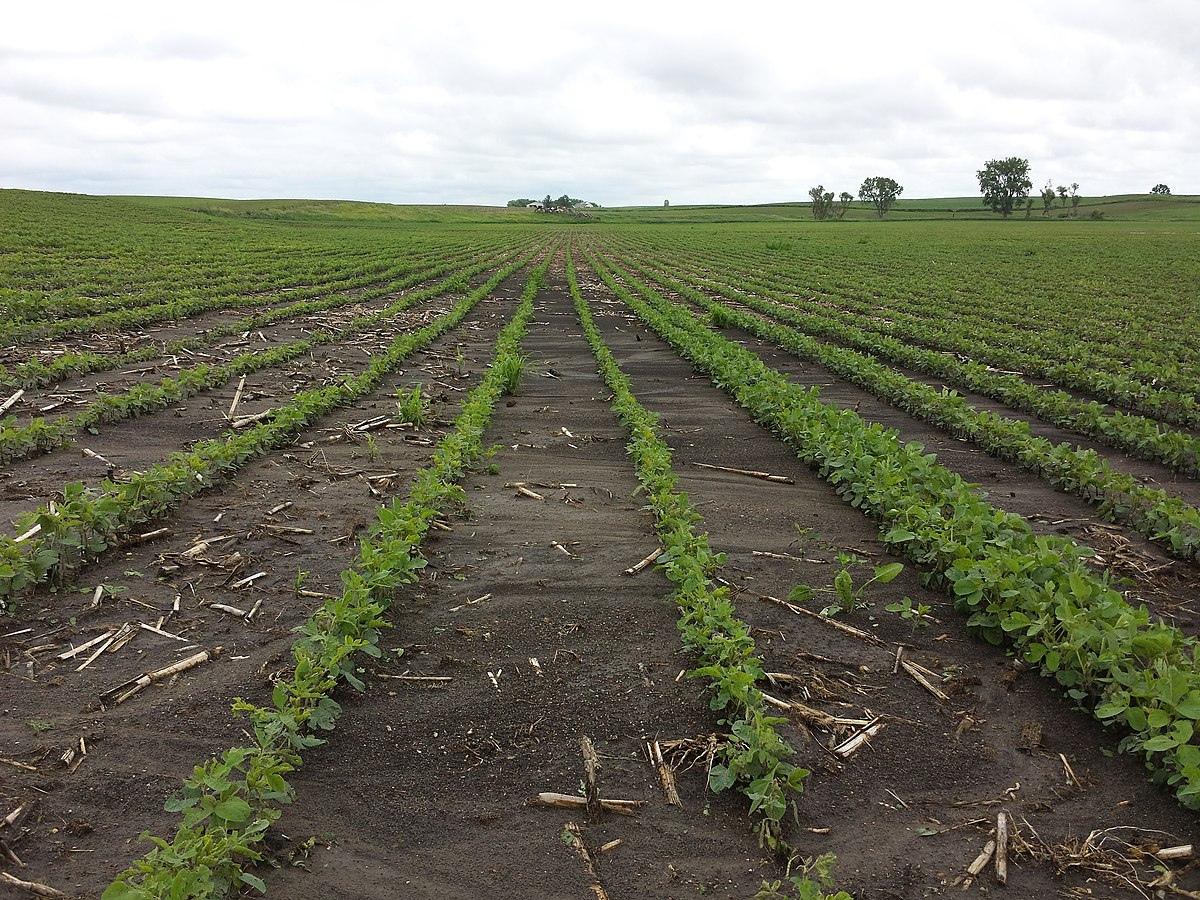
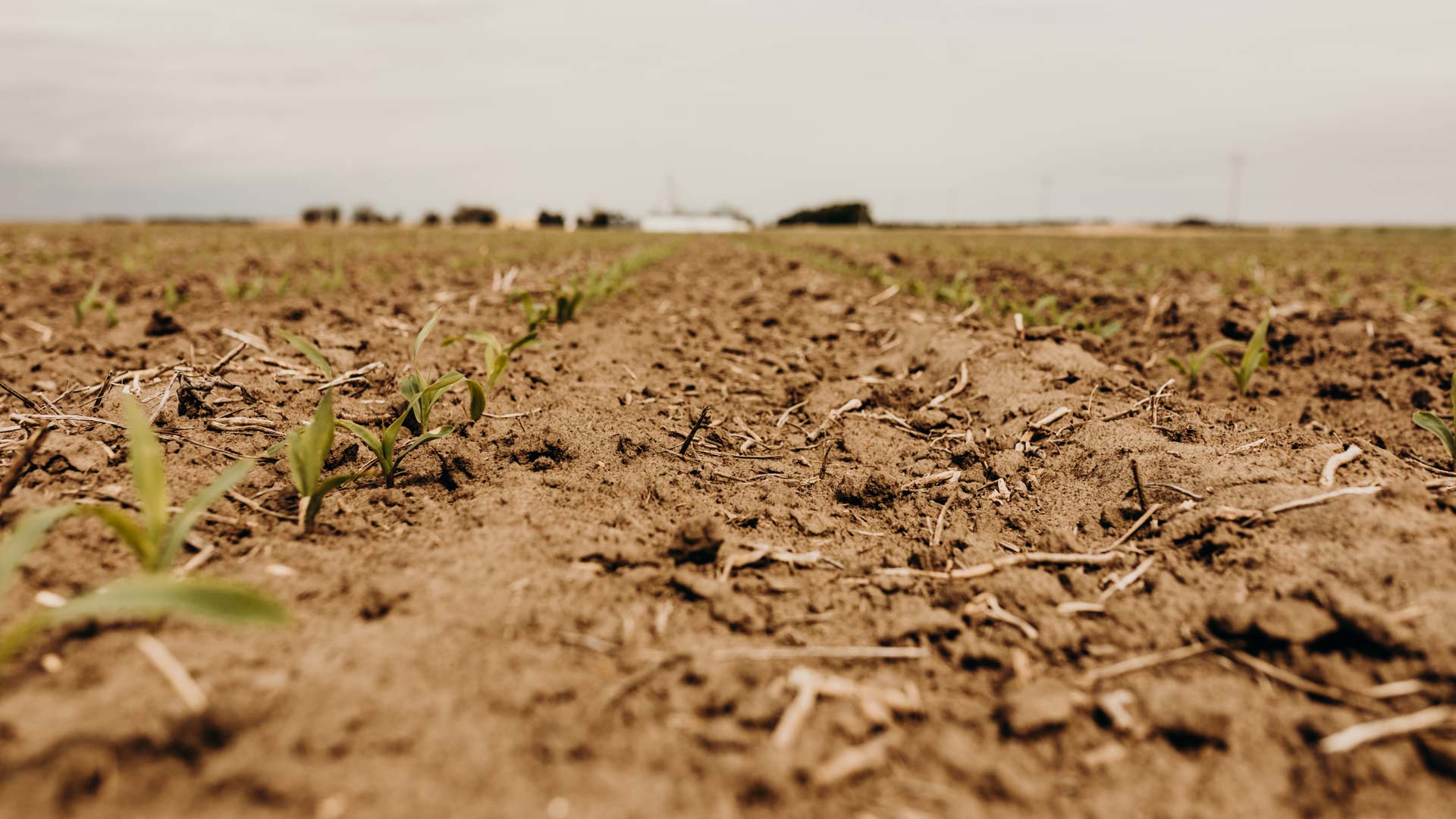
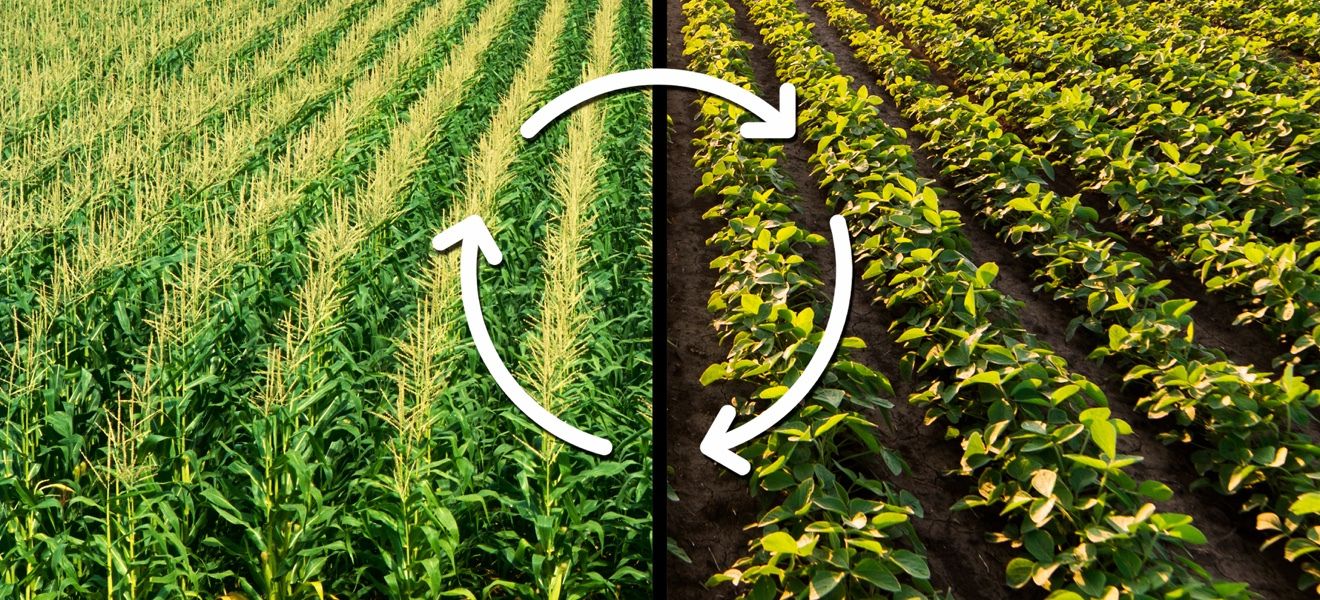
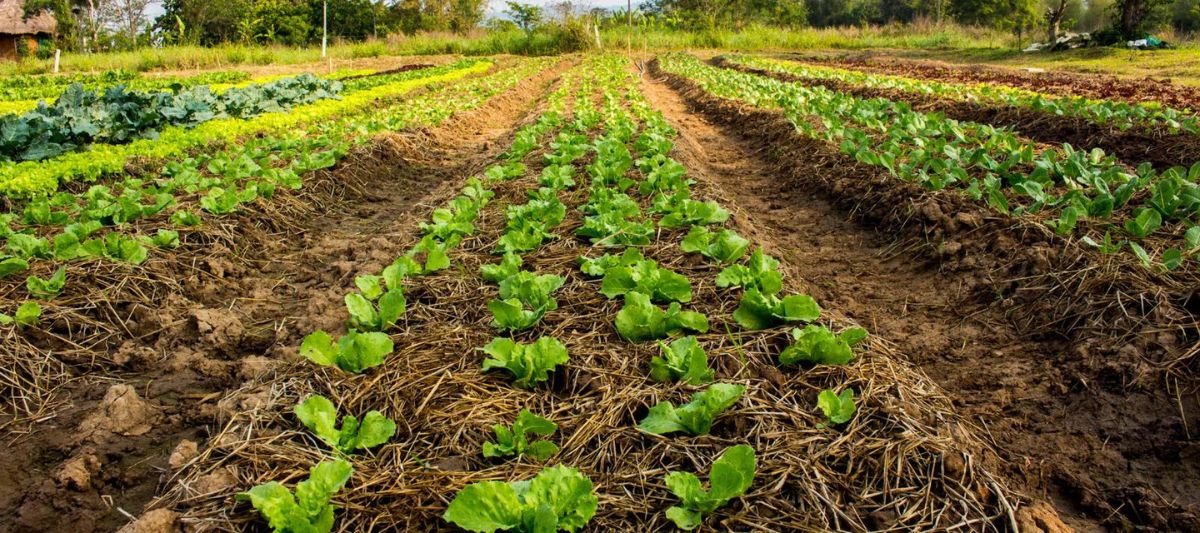
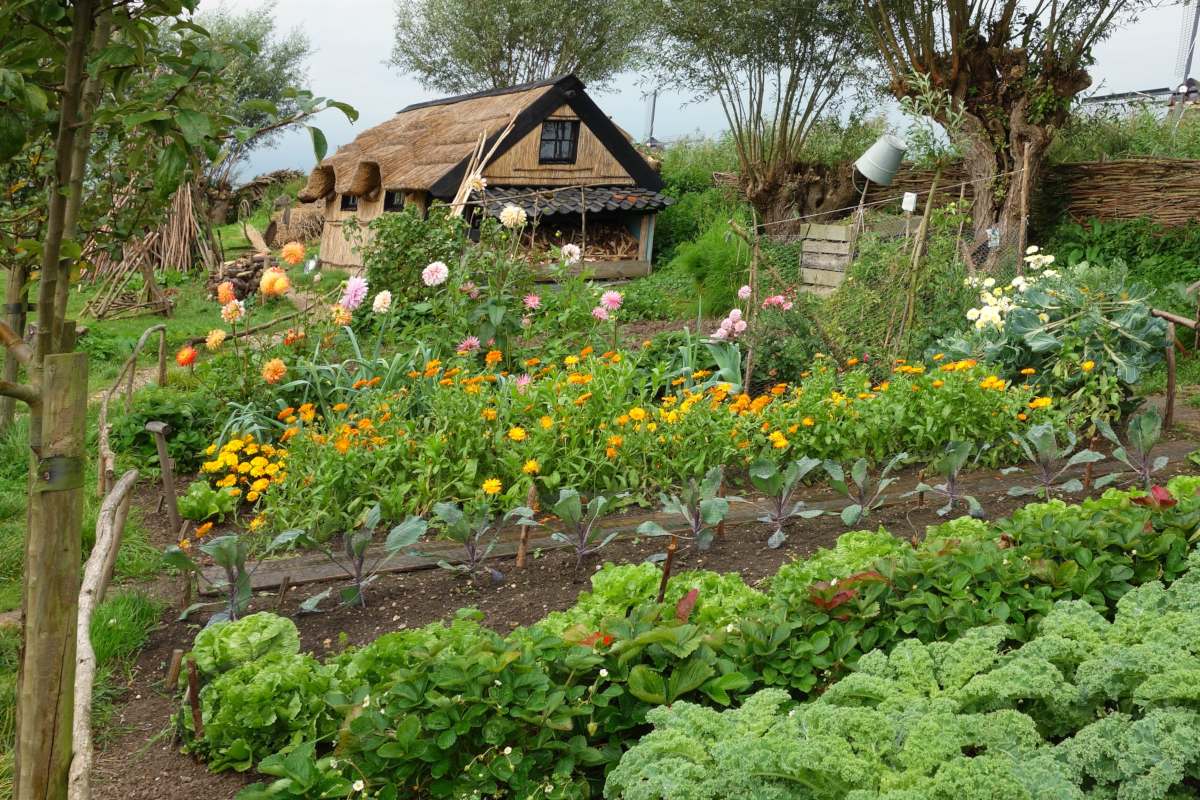
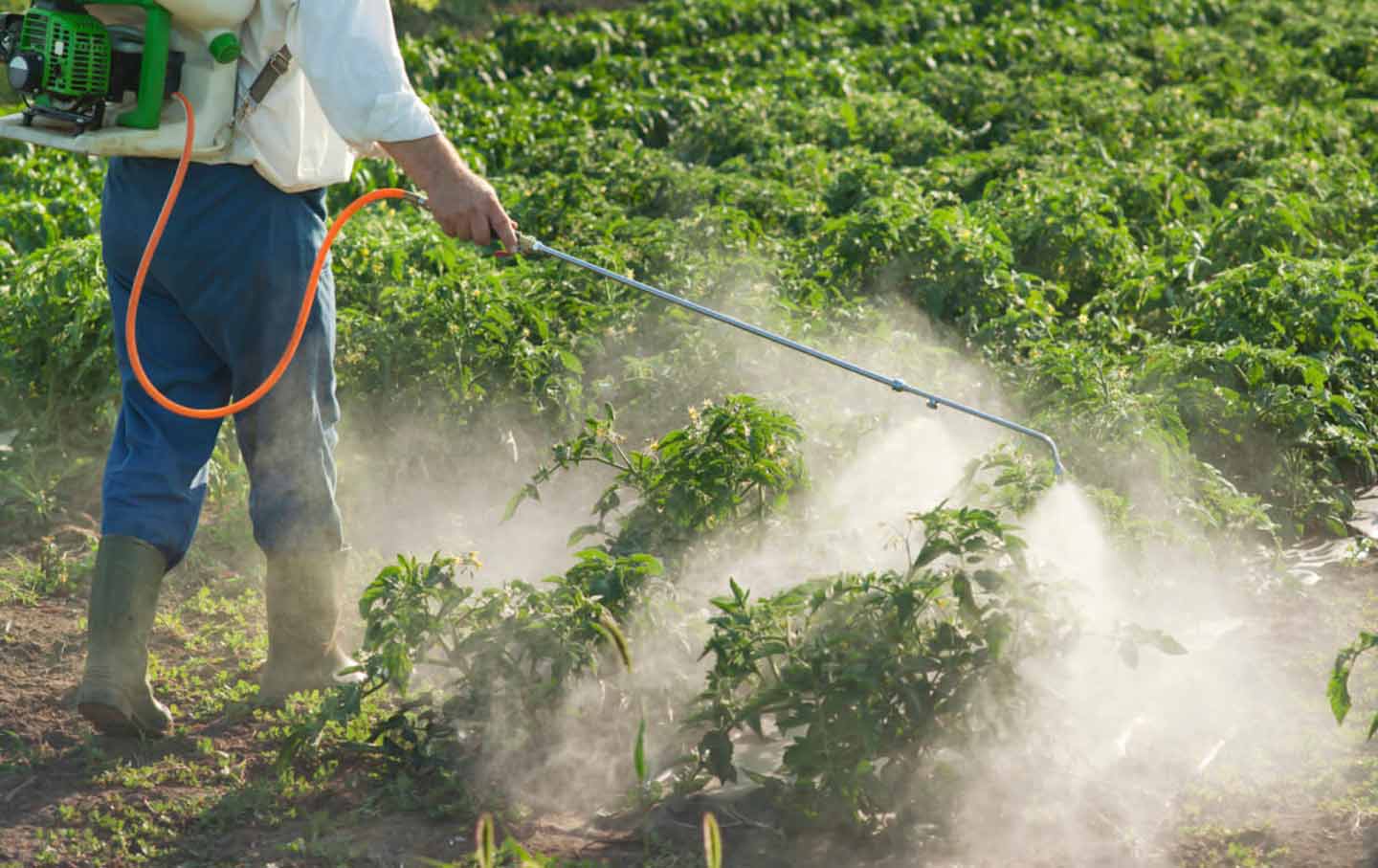

0 thoughts on “How Does The Crop Rotation Work”